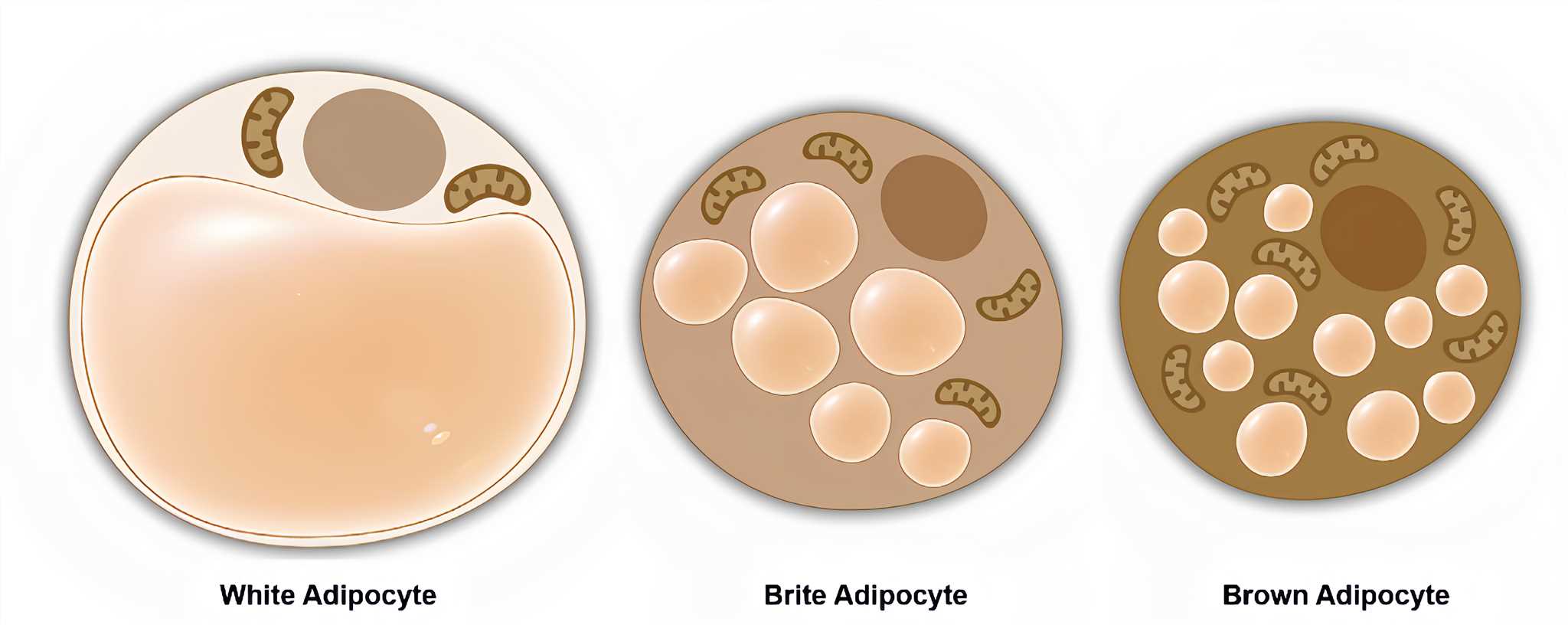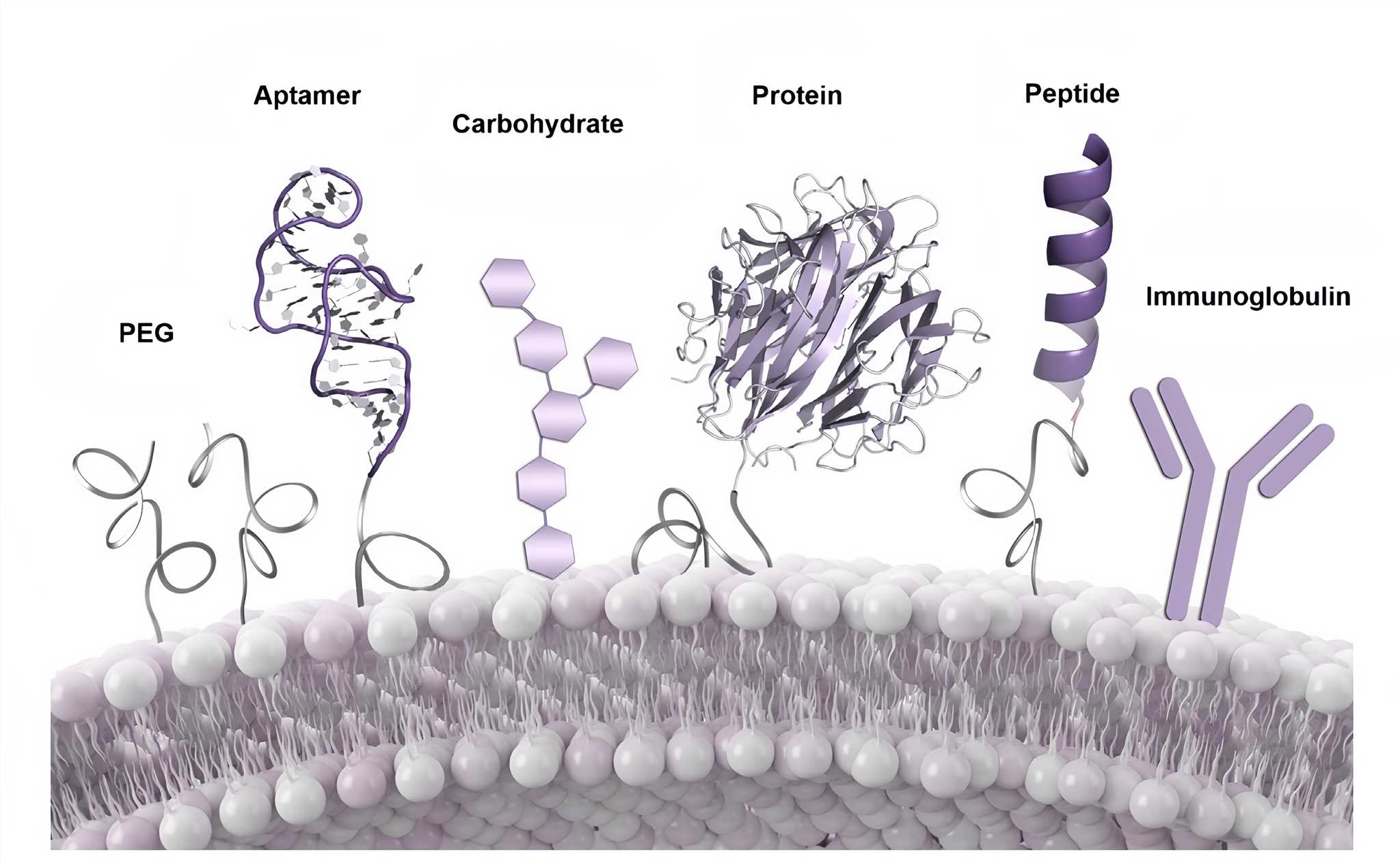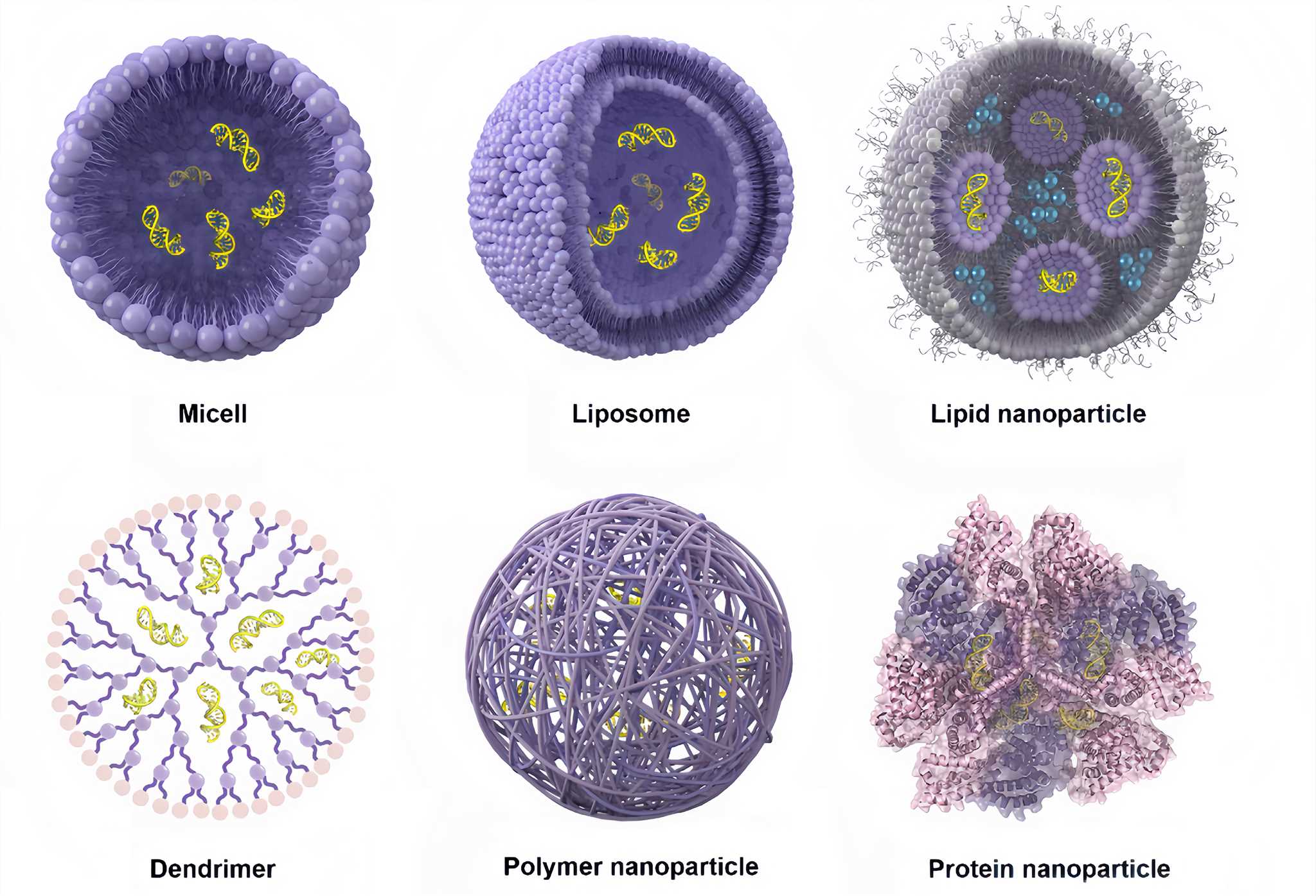Adipose-Targeted Drug Delivery Systems
CD Bioparticles provides a platform based on targeted drugs for adipose tissue, combined with professional carrier construction, to offer researchers with design, synthesis, ligand conjugation, modification, analysis and characterization, as well as in vivo and in vitro evaluation services to meet the needs of adipose tissue targeted drug delivery systems. Based on the characteristics of adipose tissue, we provide both liposomes, polymers, viral vectors, and exosomes, providing full support for early development.
Introduction to Adipose-Targeted Drug Delivery Systems
Obesity has emerged as a significant contributor to a range of diseases, including diabetes, endocrine disorders, and systemic metabolic disorders such as cardiovascular disease, chronic liver disease, and kidney disease. Consequently, anti-obesity treatment has become a critical area of research. The adipose organ accounts for 15-20% of total body weight in males and 20-30% in females in healthy individuals. Fat tissues can be broadly categorized into subcutaneous (SAT) and visceral (VAT) adipose deposits, based on their location. Lipids are stored in two different types of adipocytes - white and brown adipocytes. Brown adipose tissue (BAT), which is metabolically active, was only recognized in healthy adult humans a decade ago, emerging after exposure to cold, long-term activation of β-adrenergic receptors, or PPARγ. These adipocytes are referred to as brite adipocytes. Figure 1 offers a schematic depiction of the three distinct types of adipocytes discovered in humans so far[1].
 Figure 1 Schematics of the three distinct types of adipocytes[1].
Figure 1 Schematics of the three distinct types of adipocytes[1].
The Specific Features of Adipose-targeted Drug Delivery Systems:
Due to the widespread and location-specific distribution of adipose tissue, drug delivery systems that target adipose tissue possess the following unique features.
-
Long half-life:
Carrier systems are designed to protect the active ingredient from degradation by being wrapped in nano-carriers. This prevents non-specific interactions with proteins and cells, avoids recognition by the immune system, enhances circulation time for improved tissue targeting, and facilitates cellular uptake.
-
Targeting:
By modifying or coupling the carrier system, the active ingredient can gain the ability to target adipose tissue. For example, peptide sequences, proteins, antibodies, and aptamer sequences can be attached to the surface of nanoparticles to improve adipose tissue targeting. However, targeting different types of adipocytes remains a challenging area.
-
Special delivery methods:
Different delivery methods can affect the carrier's targeting of adipose tissue. Localized delivery can target specific adipose tissue or organs, while systemic delivery targets a wide range of adipocytes. For example, oral administration of AAVRec2 is more effective in infecting brown adipose tissue, while intraperitoneal administration is better for transduction of visceral fat.
The Applications of Adipose-targeted Drug Delivery Systems:
Currently, there have been many attempts to develop targeted drug delivery systems for adipose tissue.
 Figure 2. Common targeting strategies for nanoparticles[1]
Figure 2. Common targeting strategies for nanoparticles[1]
-
Brown adipose tissue:
AAV8 and a novel engineered hybrid serotype, Rec2, have been shown to transduce adipose tissue more efficiently than other serotypes so far tested and have been applied in most of the in vivo studies. The Rec2 serotype displays high efficacy of gene transfer to both brown and white fat via local and systemic administration[2].
-
White adipose tissue:
Nanoparticles composed of polymer PLGA (lactide-co-glycolide) encapsulating Dibenzazepine (DBZ, responsible for blocking Notch signaling pathway and promoting brown adipocyte production), targeted for delivery to white adipocytes, can effectively improve glucose homeostasis and reduce body weight[3].
-
Subcutaneous tissue:
A short peptide of CSWKYWFGEC demonstrated targeting capacity to adipose stromal cells through binding to resistin receptors. While other peptides and aptamers with unknown receptors have also been developed with targeting capacity into adipose tissue for obesity, metabolic disorders and cancer.
-
Visceral tissue:
Polymeric nanoparticles based on polycations - dendritic poly(amidoamine) (PAMAM-PG3), can selectively target and inhibit visceral fat, increase energy expenditure, obesity, and alleviate related metabolic disorders[4].
Our Featured Services:
 Figure 3. Nanoparticle vector platforms for interested drug or gene delivery[1]
Figure 3. Nanoparticle vector platforms for interested drug or gene delivery[1]
-
Ligand conjugation and chemical modification:
CD Bioparticles provides conjugation services for a variety of molecules including small molecules, peptides, antibodies, polymers, and aptamers.
-
Design and synthesis:
Our services include selection and synthesis of carriers such as dendrimers, polymer nanoparticles, lipid-based drug delivery systems, and viral vectors (with a wide range of expression promoters such as CBh, CAG, CMV, as well as specific promoters for fat cells to help you develop efficient and specific targeting of adipose tissue with rAAV vectors).
-
Analysis and characterization:
We offer analysis and characterization services for size, surface properties, encapsulation efficiency, gene expression efficiency, purity, and more.
-
Cell toxicity, dose determination, pharmacokinetic assessment, and off-target effect evaluation.
Quotations and Ordering

References
-
Kornmueller K, et al.; Delivery of miRNAs to the adipose organ for metabolic health. Adv Drug Deliv Rev. 2022, 181:114110.
-
Bates R, et al.; Adipose Tissue: An Emerging Target for Adeno-associated Viral Vectors. Mol Ther Methods Clin Dev. 2020, 19:236-249.
-
Jiang C, et al.; Dibenzazepine-Loaded Nanoparticles Induce Local Browning of White Adipose Tissue to Counteract Obesity. Mol Ther. 2017, 25(7):1718-1729.
-
Huang B, et al.; Polycationic PAMAM ameliorates obesity-associated chronic inflammation and focal adiposity. Biomaterials. 2023, 293:121850.
 Figure 1 Schematics of the three distinct types of adipocytes[1].
Figure 1 Schematics of the three distinct types of adipocytes[1].
 Figure 2. Common targeting strategies for nanoparticles[1]
Figure 2. Common targeting strategies for nanoparticles[1]
 Figure 3. Nanoparticle vector platforms for interested drug or gene delivery[1]
Figure 3. Nanoparticle vector platforms for interested drug or gene delivery[1]
